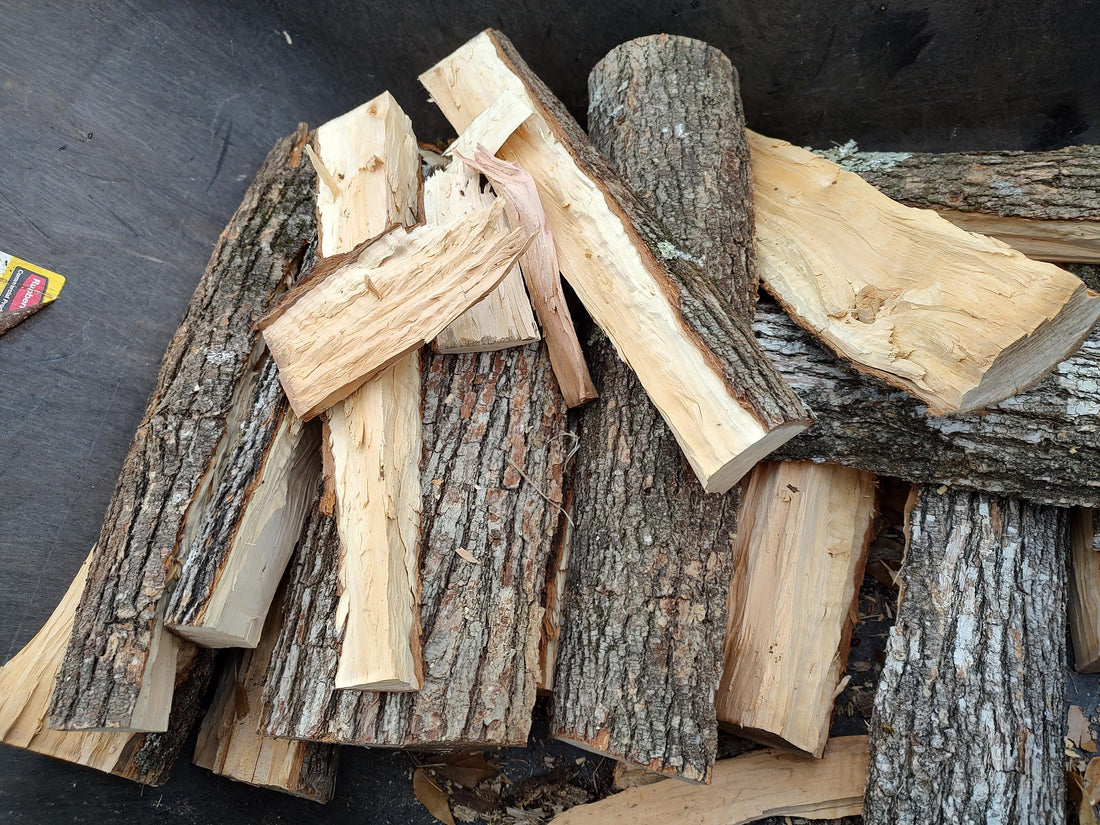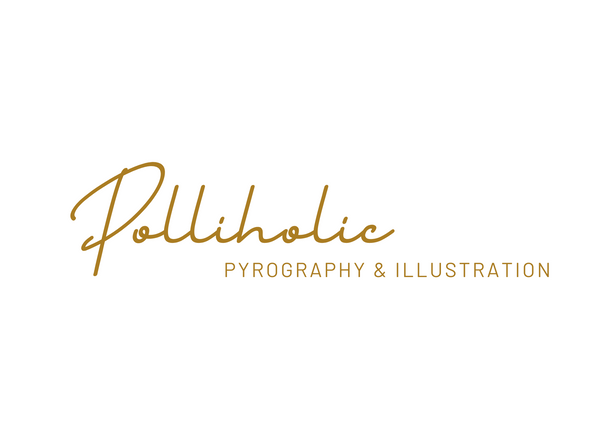
Best 6 Woods for Pyrography: A Guide to Choosing the Right Wood for Wood Burning
Share
Pyrography, also known as wood burning, is a beautiful and timeless art form where designs are burned onto wood using heated tools. While skill and creativity are essential, one of the most important (but often overlooked) actors is choosing the right type of wood. The wood you use affects how your artwork looks, how easy it is to burn, and even how long your tools last.
In this guide, we’ll cover the best wood types for pyrography, including budget-friendly options, premium choices, and how to prepare your wood for the best results.
I. Best Wood Types for Pyrography
🌳 Birch Wood
Birch is one of the most popular choices for pyrography artists of all levels. It has a smooth, light surface that takes burns well and allows for detailed linework.

Pros:
- Smooth, even grain
- Light color enhances contrast
- Easy to find in craft stores
Cons:
- Can be slightly pricier than basic plywood
- May have occasional knots or patches
Cost Tip: Baltic birch plywood is often more affordable than solid birch and still great for beginners and professionals alike.
II. Budget-Friendly Wood Options

If you're just starting or working on practice pieces, budget wood types can help you save money while developing your skills.
Affordable choices include:
- Plywood: Widely available and inexpensive. Look for “birch-faced” or “craft-grade” varieties for smoother surfaces.
- Pine: Soft and easy to burn, though it may have more knots and uneven grain.
Where to buy affordable wood:
- Local hardware stores or Bunnings
- Off-cuts from timber yards
- Online craft suppliers or Facebook Marketplace
Quality vs. Price: Lower-priced woods may be harder to work with due to grain inconsistencies, but they’re perfect for practice and testing new designs.
III. Premium Wood Selections
If you're creating a special piece for a gallery, exhibition, or commission, premium wood can really elevate your work.


High-end wood options:
- Maple: Dense, fine grain and smooth texture
- Basswood: Very soft and clean-burning surface
- Camphor Laurel (my personal favourite!): Beautiful grain and natural scent


Why invest in premium wood:
- Cleaner lines
- Higher durability
- More professional finish
Tip: Use premium wood for your best artwork and stick to budget options for practice.
IV. Wood Preparation Techniques
No matter which wood you choose, preparation is key for a successful pyrography project.
🪚 Sanding:
- Start with 180-grit sandpaper and finish with 220-grit or higher
- Always sand along the grain to avoid scratches


🔍 Surface Tips:
- Wipe down with a damp cloth to remove dust
- Avoid varnished or treated wood! they can produce toxic fumes when burned
- Test your burner on a corner before starting your main design
Explore more how to do pyrography wood burning art by video
If you'd like to explore this art form, you watch the video by me here:
V. Conclusion
Choosing the right wood for pyrography can make a big difference in your burning experience and final artwork. Whether you're just beginning or already selling your pieces, start with accessible materials like birch or plywood, and move toward premium woods as your skills grow.
🧑🎨 Remember: Every piece of wood is different! So don’t be afraid to experiment. The more you burn, the more you'll learn!

